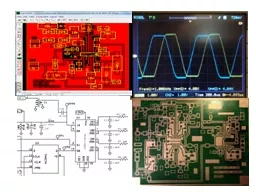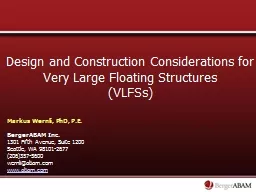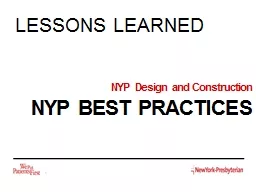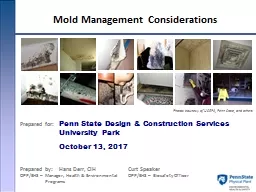PPT-Design & construction of a
Author : phoebe-click | Published Date : 2017-05-28
phasing receiver by Nick Kennedy WA5BDU 4SQRPs OzarkCon April 2 2016 Branson MO Things to cover in 50 minutes What do I mean by phasing receiver Current proponents
Presentation Embed Code
Download Presentation
Download Presentation The PPT/PDF document "Design & construction of a" is the property of its rightful owner. Permission is granted to download and print the materials on this website for personal, non-commercial use only, and to display it on your personal computer provided you do not modify the materials and that you retain all copyright notices contained in the materials. By downloading content from our website, you accept the terms of this agreement.
Design & construction of a: Transcript
Download Rules Of Document
"Design & construction of a"The content belongs to its owner. You may download and print it for personal use, without modification, and keep all copyright notices. By downloading, you agree to these terms.
Related Documents














